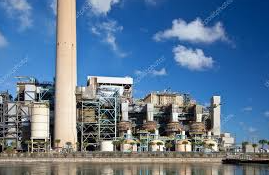Calcium looping offers potential solutions to cut emissions and costs from waste management
Solid waste incineration plays a vital role in waste management by reducing non-recyclable waste and generating energy. However, it has a significant environmental drawback: the release of carbon dioxide, a leading greenhouse gas contributing to climate change. To combat these emissions, innovative methods such as calcium looping are being studied by researchers.
Calcium looping involves using calcium oxide (quicklime) to capture carbon dioxide through a reversible chemical reaction. At approximately 650°C, calcium oxide reacts with CO₂ to form calcium carbonate. When this compound is then heated to around 900°C, the CO₂ is released and can be purified for industrial reuse.
Although promising, calcium looping remains expensive and energy-intensive, which limits its widespread use. To determine its economic feasibility, a team led by Associate Professor Grzegorz Lisak from Nanyang Technological University’s (NTU) School of Civil and Environmental Engineering developed a detailed model exploring the various factors involved in the process.
The findings identified strategies to reduce costs and improve feasibility. Using waste-derived fuels as the high-temperature heat source proved to be the most economical approach. Furthermore, sourcing calcium from byproducts like incineration ash could significantly cut operational expenses.
The study also pointed to financial incentives, such as carbon credits and emissions taxation, as key drivers that could make the technology more attractive. Policies encouraging carbon reduction strategies could further support the large-scale adoption of calcium looping by providing economic rewards for capturing carbon emissions.
These insights suggest that combining technological innovation with strategic policy could make carbon capture through calcium looping a cost-effective solution for mitigating waste-related emissions.








